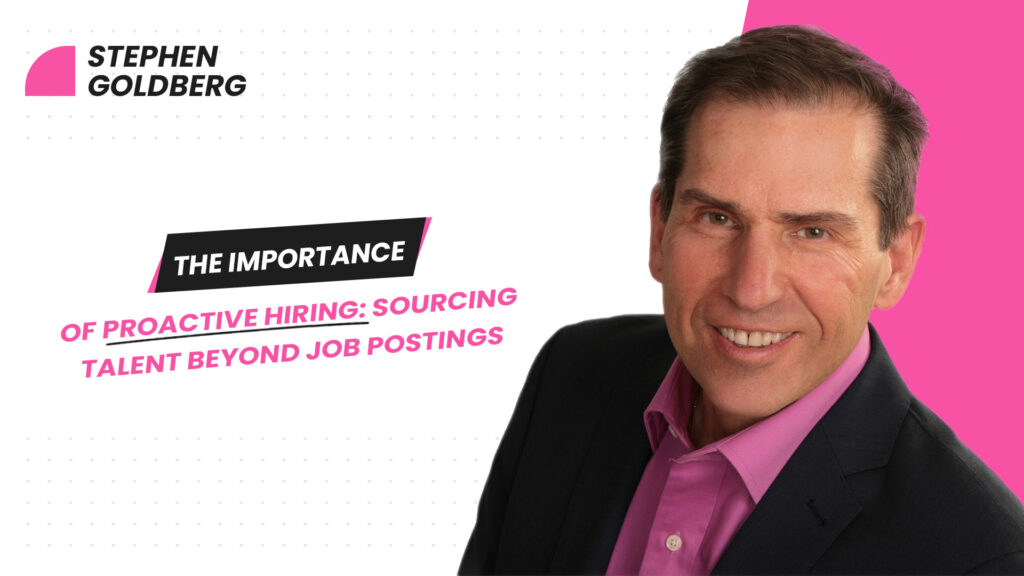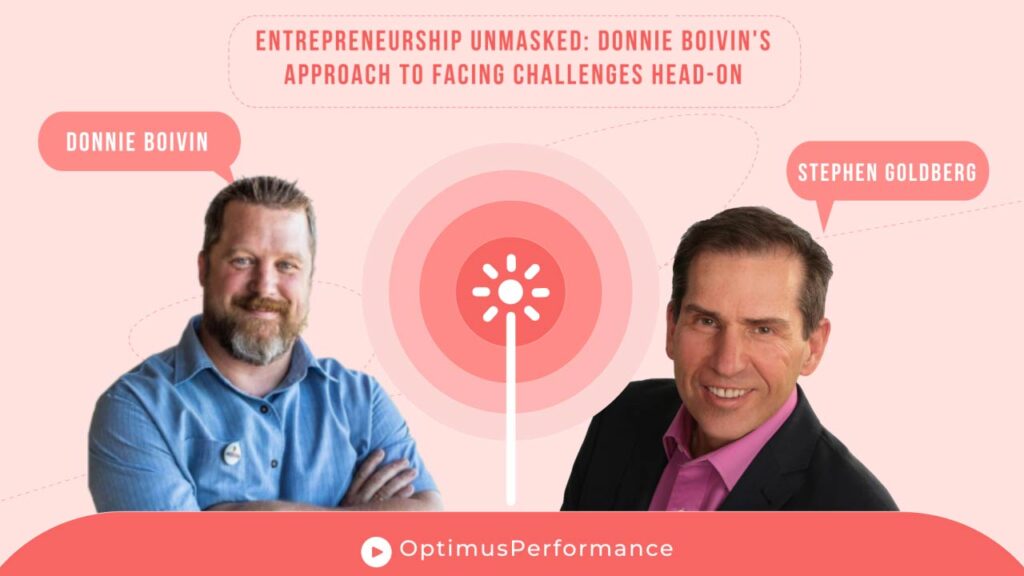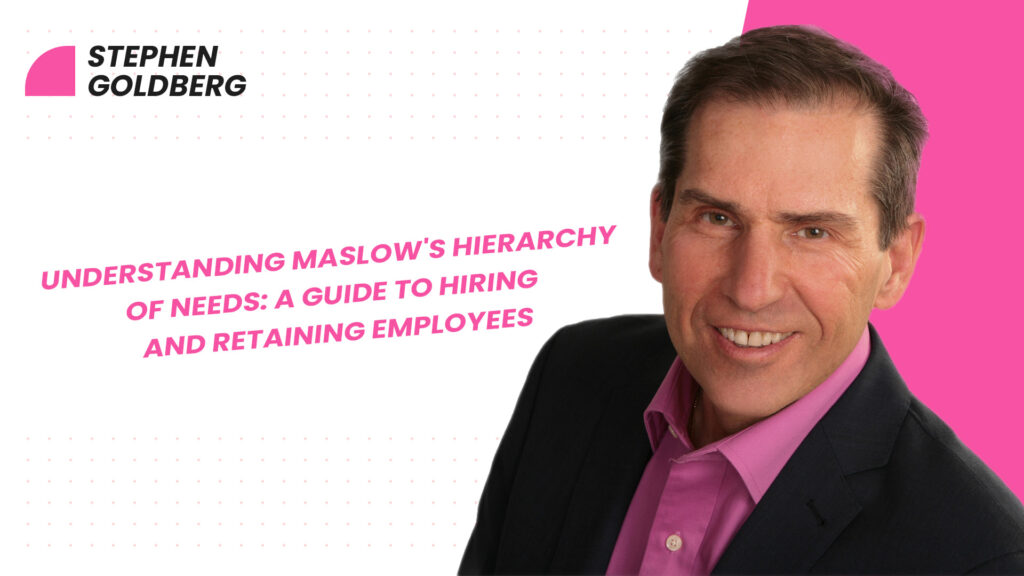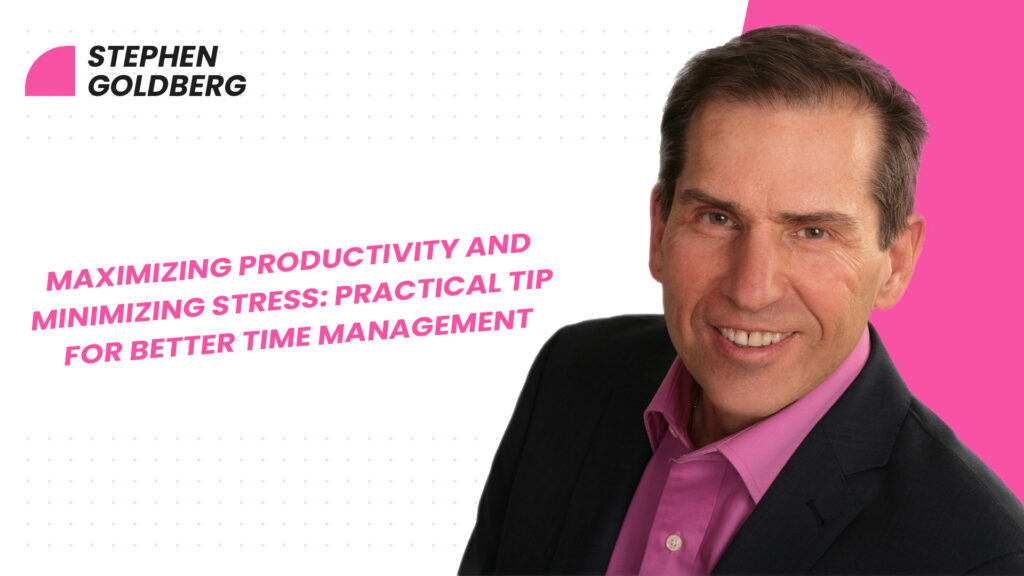
Finding talent in today’s competitive job market can be challenging for recruiters. Simply posting job openings on job boards and LinkedIn may not be enough. To source potential candidates, recruiters need to have a comprehensive recruitment strategy. However, it can be difficult to determine the best time to approach potential candidates.
In a previous article, I used Maslow’s hierarchy of needs to identify when employees might start considering new job opportunities. While it would be ideal to have a crystal ball to determine when someone is ready to make a career move, it is not feasible. Therefore, it is important to understand trends in the job market.
According to a study by Zippia, the average American changes jobs every 4.1 years.
As such, it may be best to target those who are approaching this milestone when searching for candidates on platforms such as LinkedIn Recruiter or Indeed Resume Search. Additionally, the study found that men tend to stay in their jobs longer than women.

LinkedIn Recruiter (Credits to Skylead.io)
Another useful tool on Indeed is Resume Search, which allows recruiters to see when a candidate last updated their resume. If a candidate has recently updated their resume, it could indicate that they are actively searching for a new job. This information could be valuable for recruiters to approach these candidates with relevant job opportunities.

Indeed for Employers (Credits to Indeed.com)
Furthermore, recruiters can keep an eye on companies that employ the talent they seek. If these companies have recently announced layoffs, it could be an opportune time to approach individuals with the required skills and experience.
Checking company reviews on platforms such as Glassdoor and Indeed can also provide valuable insight into a company’s culture and work environment. Poor reviews could indicate that employees feel overworked or unappreciated, which could make them more receptive to new job opportunities.
In conclusion, recruiters need to be proactive and use various tools and strategies to identify potential candidates. Keeping up with job market trends and understanding when employees are likely to make a career move can help recruiters target the right candidates at the right time.


